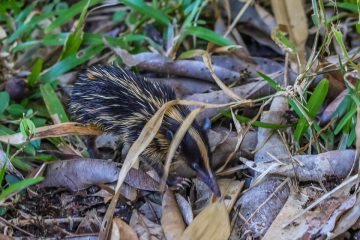The Burmese Python: A Key Species in Its Ecosystem

Introduction
The Burmese python, native to Southeast Asia, is one of the largest snake species in the world. With a length that can surpass 23 feet and a weight of over 200 pounds, this fascinating reptile has captured the interest of herpetologists and wildlife enthusiasts alike. Understanding the importance of the Burmese python is critical not only to conservation efforts but also due to its impact on ecosystems and human communities.
Biodiversity and Habitat
Burmese pythons are primarily found in wetland habitats such as swamps, marshes, and rivers in countries including Myanmar, Thailand, and Malaysia. They are known for their ability to thrive in various environments, even adapting to urban areas. As ambush predators, they play a vital role in controlling prey populations, which typically include small mammals, birds, and occasionally larger animals.
Current Events and Threats
In recent years, the Burmese python has been thrust into the spotlight, especially in the United States, where they have become an invasive species in places like the Florida Everglades. The Florida Fish and Wildlife Conservation Commission (FWC) has reported significant declines in native wildlife populations linked to the introduction of these pythons. In response, many organizations are mobilizing efforts to manage this invasion by tracking and removing pythons from sensitive areas.
In their native habitats, Burmese pythons face threats such as habitat destruction and poaching. Over-collection for the exotic pet trade has also reduced their numbers in the wild. Conservationists argue that protecting their habitats and enforcing stricter regulations on wildlife trade is essential for the survival of this species.
Conservation Efforts
Efforts to conserve Burmese pythons involve both habitat preservation in their native regions and managing their populations where they are invasive. Education campaigns are underway to inform the public about the ecological impact of invasive species and the importance of native wildlife. Many wildlife organizations are also conducting research to better understand their behavior and reproductive patterns, which can help in devising control measures.
Conclusion
The Burmese python represents a complex challenge in biodiversity conservation, occupying a critical role in the ecosystems it inhabits. As both a revered and controversial species, understanding its behavior, habitats, and the threats it faces is essential for effective management and conservation efforts. Moving forward, public awareness and responsible management strategies will play crucial roles in ensuring that the Burmese python remains a vital part of our natural heritage.





